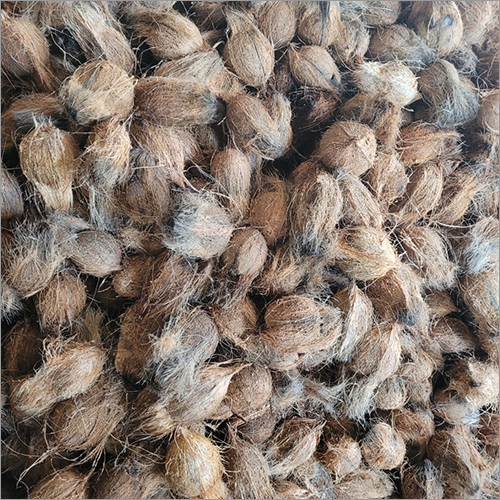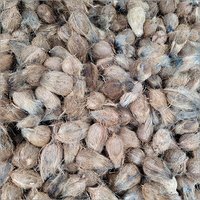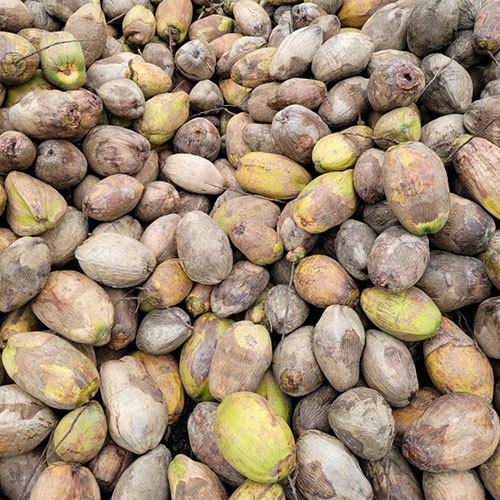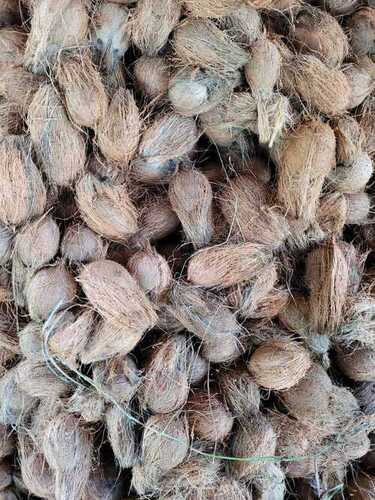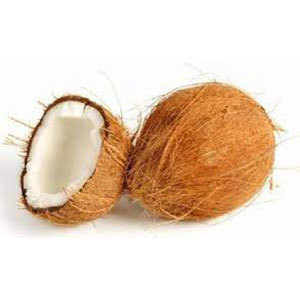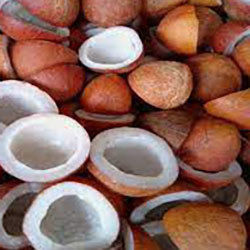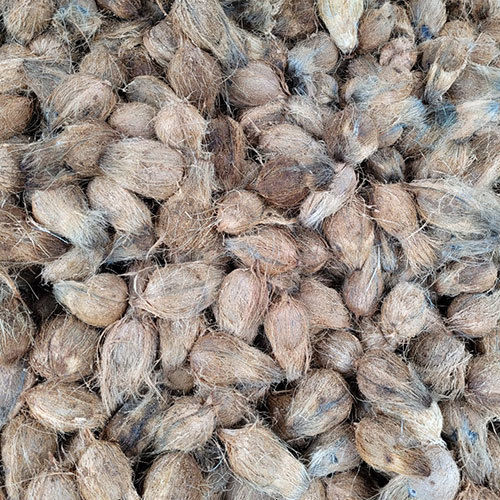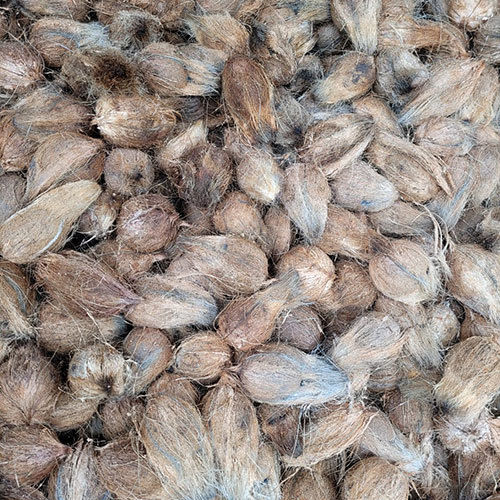Pooja Coconut
Price And Quantity
Product Specifications
Product Description
Fresh Coconut/Semi Husk Coconut is primarily cultivated for their oil. The oil is extracted from the endosperm and is used in cooking. Low grade oils are used in the production of soaps. The endosperm can be consumed fresh or dry and is commonly grated for use in baking. Young coconuts are commonly sold in tropical resorts, where the liquid is drunk directly from the shell. It may also be used to produce coconut milk by squeezing the liquid from the grated endosperm.
Frequently Asked Questions
Q. What's pooja coconut?
A. Pooja coconut, additionally referred to as ceremonial coconut or temple coconut, is a coconut that is used in Hindu religious rituals, particularly in south India. It's far considered auspicious and is offered as a symbol of purity and fertility.
Q. What's the importance of pooja coconut in Hindu rituals?
A. Pooja coconut is thought to symbolize lord Ganesha, the Hindu god of understanding, prosperity, and new beginnings. It's also used as an image of fertility and is regularly damaged as part of nonsecular rituals to symbolize the destruction of boundaries and the beginning of the latest ventures.
Q. How is pooja coconut organized for rituals?
A. Pooja coconut is usually washed and decorated with kumkum (vermilion) and turmeric powder. It's also decorated with flowers, cloth, and different objects as part of the ritual.
Q. Where can we buy pooja coconut?
A. Pooja coconut is typically bought in markets and grocery stores in India and other south Asian nations. It is able to also to be had at Hindu temples and online marketplaces specializing in religious items.

